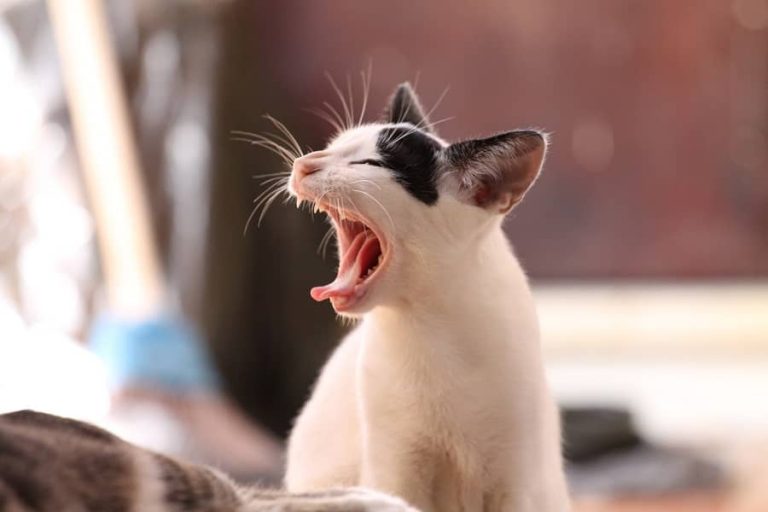Can Cats See Fire?
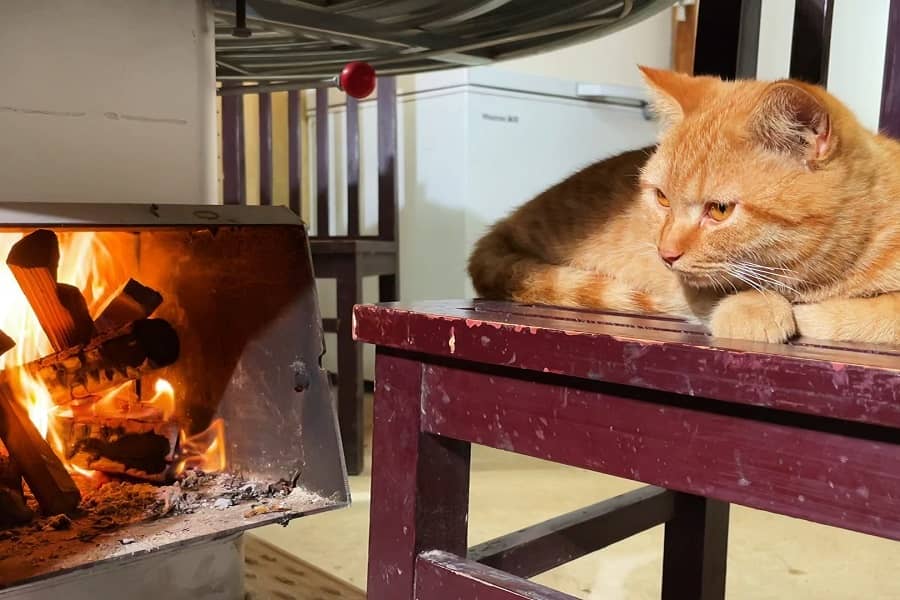
There is a common misconception that cats see fire as green, and they are attracted to it. However, there is no scientific evidence to support this idea. It’s likely based on the fact that cats have excellent night vision and may be drawn to the flickering light of a fire.
One of the best skills of cats is their night vision ability. It can see and hunt prey in extremely dark light, and even climb eaves and walk walls on “invisible” nights. Cats require only one sixth of the light required by humans to move freely at night. Because cats have a mirror like membrane behind their eyes, the membrane is called the “choroidal layer”. When light passes through the retina, the light reflecting film can refract the light back, causing it to pass through the retina again. Moreover, cats’ pupils enlarge in the dark to collect more light, so they can also “watch fire” in extremely weak light environments.
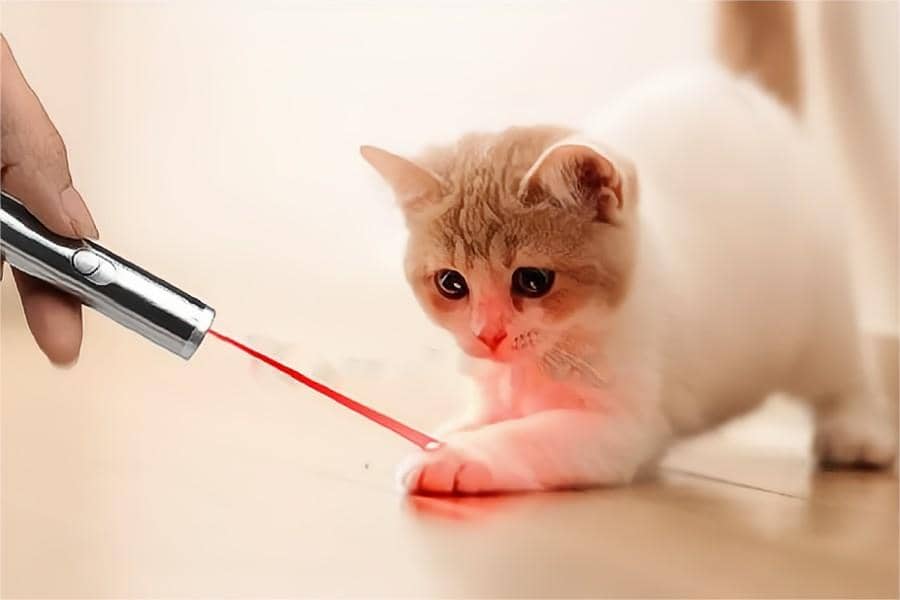
Table of Contents
Does laser damage the eyes of cats?
It is possible for a laser to damage a cat’s eyes if the laser is of a high power or if it is shone directly into their eyes for an extended period. The retina of a cat’s eye is much more sensitive than a human’s retina, so lasers that may be harmless to humans can cause vision damage to cats.
However, most laser pointers marketed for use with pets have low power output and are not harmful to cats when used correctly. It is essential to use a pet-safe laser pointer, as those marketed for other purposes such as presentations or astronomy could be harmful to pets. To prevent any potential damage, it’s recommended to avoid shining the laser directly into your cat’s eyes, and to limit the playtime with the laser to short sessions.
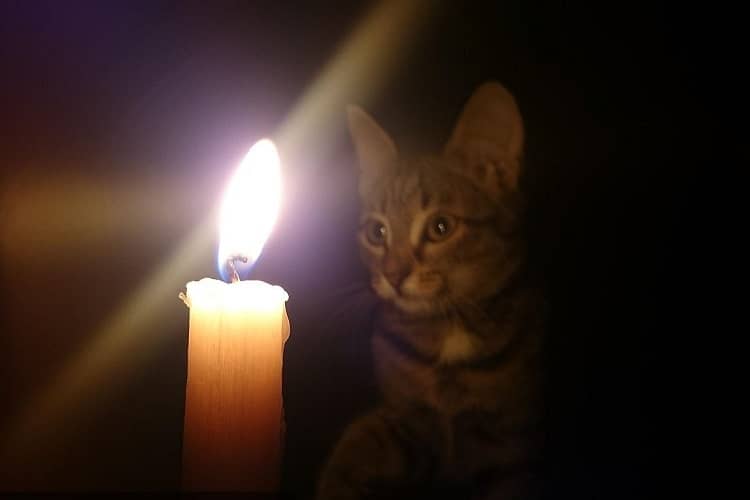
What color is the burning candle in the cat’s eyes?
The color of a burning candle in a cat’s eyes would depend on the color of the cat’s eyes and the color of the flame. The flame of a burning candle emits light with a range of colors, including yellow, orange, and red. A cat’s eyes may reflect the color of the flame due to the reflection and refraction of light on the eye’s surface. For example, if a cat has green eyes, the flame light may reflect as a greenish glow. However, it’s important to note that if a cat is close enough to a burning candle to have the flame reflected in its eyes, it could be in danger of getting burned or starting a fire accidentally.
Are cats afraid of fire?
Yes, of course, cats are afraid of being burned by fire. If they exhibit bold actions such as constantly using their claws to catch fire, it is not because they are not afraid of fire, but because they have a strong innate curiosity for small moving objects and like to explore with their claws. The jumping small flame aroused the cat’s strong curiosity, causing it to be unable to resist using its claws to touch it.
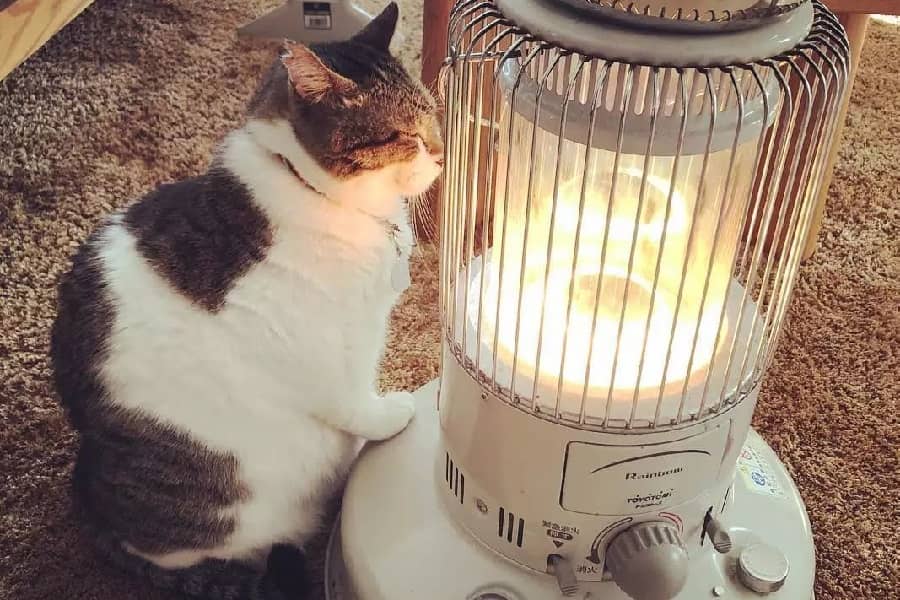
Why does the cat keep looking at the lamp?
Cats are curious animals, and they may be intrigued by the sight and sound of a fire. However, fire poses a significant danger to cats and can cause harm or even death if they get too close to it. Cats can accidentally knock over candles or other open flames, causing a fire to start. In addition, cats may be attracted to the warmth of a space heater or fireplace, which can also be dangerous if they get too close. Therefore, it’s crucial to keep cats away from fire or any potential source of fire to protect their safety.
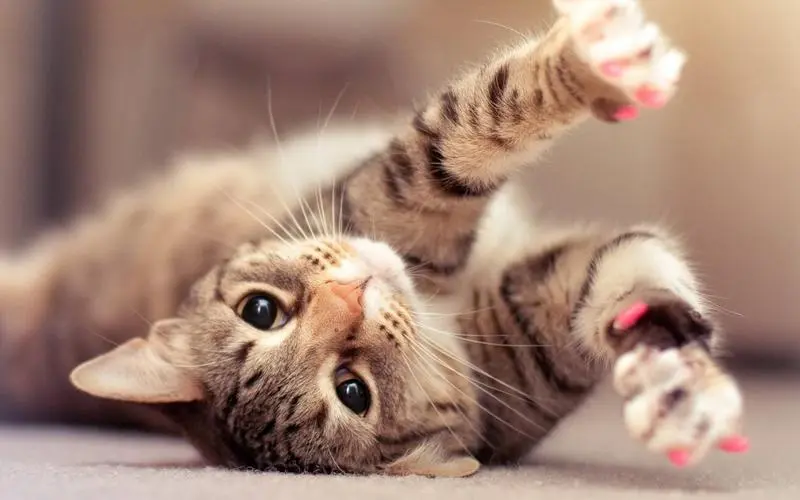
Because as a cat, its eyes are naturally capable of capturing moving objects, which makes it chase the beam of a spotlight like it captures something.
However, do not let cats play the role of spotlights just because they like them, as this may cause harm to their eyes.
Veterinarians believe that cats who watch spotlights for a long time not only have a slight impact on their vision, but also bring a certain psychological burden to them. Because spotlights are not something that cats can never catch. In other words, it is just a lamppost, not a real thing, unable to satisfy the vanity of cats scratching things, and may lead to mental problems such as neurasthenia.
Zoology experts also agree with this view. They say that it is good for cats to play with spotlights occasionally instead of for a long time. This will make them suspect that cats are born. Some cats feel bored after playing a few times. However, most cats still cling to the lamppost, trying to grab something, but in the end they get nothing. This really makes the cat feel lost.
Compared to lasers, enhancing cats’ ability to capture things is easier to help them establish positive confidence in life. For example, it can be replaced by some running electric toys because from a cat’s perspective, they do need to strengthen their release and cultivation of nature. For example, lazy cats have lost their proper behavior.
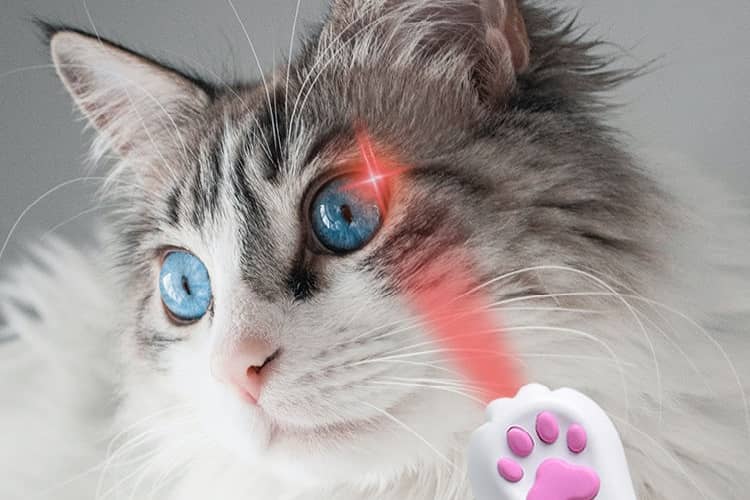
What are the damages of lasers to cat eyes?
The damages that high-power lasers can cause to a cat’s eye include:
- Cataracts: The intense brightness of a laser can damage the lens of the eye, leading to clouding and blurring of vision.
- Retinal damage: If a laser beam is directed into a cat’s eye, it can cause damage to the light-sensitive cells of the retina, leading to a loss of vision.
- Blindness: Damage to the retina or lens can cause partial or total blindness in a cat.
It’s important to remember that these damages can occur when a cat is exposed to high-power laser beams for an extended period, or if the laser beam is shone directly at the cat’s eye. Thus, to prevent any harm, it’s crucial to use only pet-safe low powered laser pointers and to avoid shining them directly into your cat’s eyes.
FAQ: Cats & Fire
Can cats sense fire?
Cats usually have a strong sense of smell and hearing, which may help them detect the fire’s smoke, odor, or sounds. They may also show signs of distress or alertness before a fire starts, so it’s essential to pay attention to their behavior.
How can I protect my cat during a fire?
The best way to protect your cat during a fire is to have a plan in place. Make sure your cat has a collar, identification, and microchip in case they get lost or separated. Keep them in a safe room or carrier during the fire, and evacuate them as soon as possible. Provide them with plenty of water, food, and fresh air.
What causes most house fires involving cats?
Most house fires involving cats are caused by accidents with candles, cooking appliances, electrical cords, or space heaters. Keep these items away from cats and supervise them when they’re near potential hazards.
What should I do if my cat is caught in a fire?
If your cat is caught in a fire, try to get them out as quickly and safely as possible. Call the fire department and follow their instructions. If your cat is unconscious, perform CPR and bring them to the veterinarian as soon as possible.
What signs of smoke inhalation should I look for in my cat?
The signs of smoke inhalation in cats include coughing, wheezing, difficulty breathing, disorientation, and a blue or gray tint to the skin or gums. These are signs of a medical emergency, and you should bring your cat to a veterinarian immediately.
How should I treat burns on my cat?
If your cat suffers from burns, you should bring them to the veterinarian as soon as possible. Avoid applying any home remedies, ointments, or creams to the burn, as they may cause further damage. Your veterinarian will evaluate the burn and prescribe appropriate treatment.
Can cats start fires accidentally?
Yes, cats can start fires accidentally by knocking over candles, cigarettes, or matches or chewing on electrical cords. Keep these items away from cats or supervise them when they are near them.
What should I do if my cat is traumatized by a fire?
If your cat is traumatized by a fire, they may exhibit signs of fear, anxiety, or stress. Provide them with a calm and quiet environment, plenty of water, food, and comforting items like blankets or toys. Consider consulting with a veterinarian or animal behavior specialist to help your cat recover.
How important is cat fire safety?
Cat fire safety is essential to protect your cat, your family, and your home. Make sure you have a plan in place and follow fire prevention and safety guidelines to minimize the risk of a fire starting or spreading.





